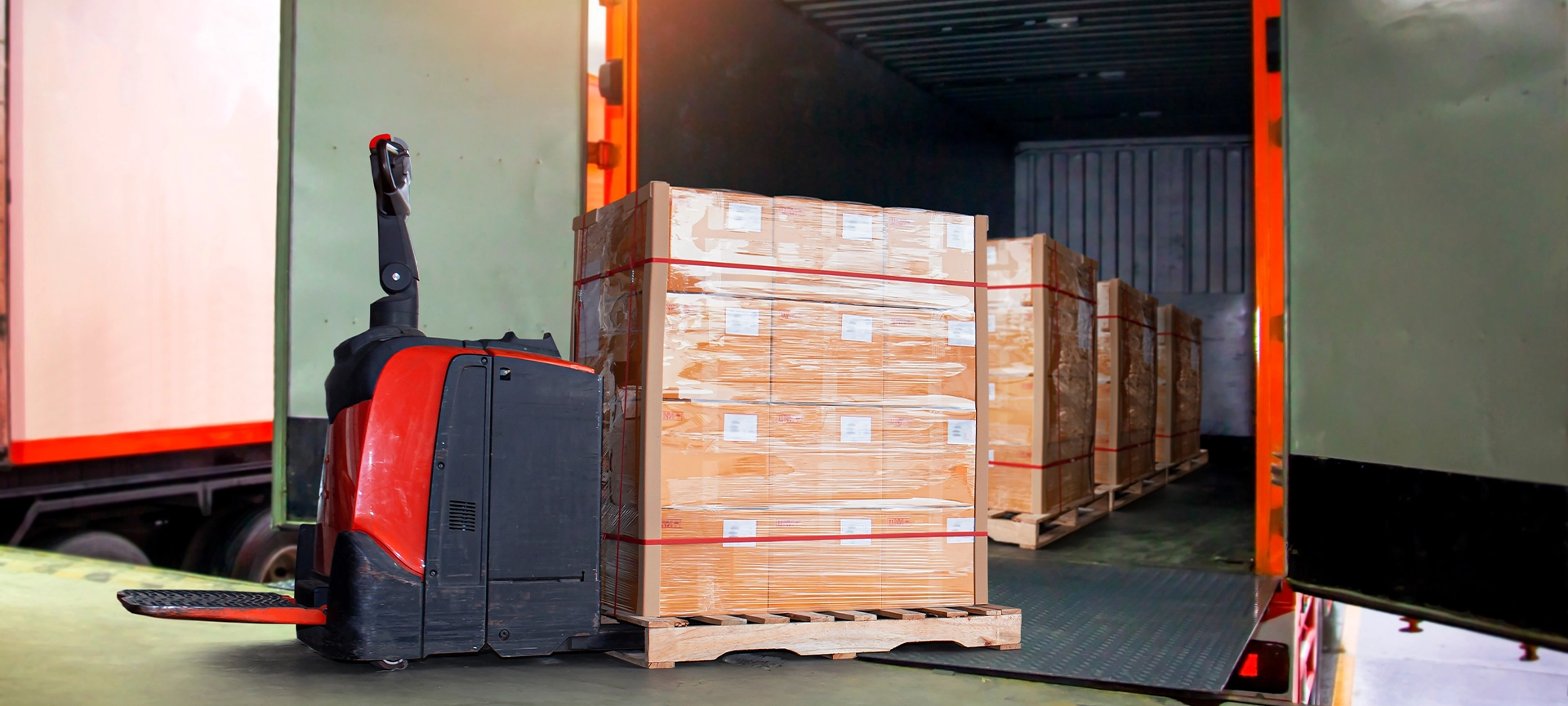If you are new to receiving Less than Truckload (LTL) shipments, the idea of receiving a shipment might not seem like something that requires much in the way of instructions. However, unlike receiving most individual packages to your home or business, LTL shipments require a signature indicating that the receiver has accepted the shipment and the condition it is in.
Understanding the process for how to receive and inspect your shipment will help you avoid issues that can arise if items are damaged or missing. Here we will discuss the steps to properly receive freight LTL shipments, what LTL shipments are, and how you can get a free quote for LTL shipments from RoadLINX.
What is a Less than Truckload Shipment and its Benefits?
A less than truckload shipment, as the name implies, is a shipment that takes up less than a truck’s full cargo space. LTLs typically share a truck with other LTL shipments which makes this type of shipping more economical and environmentally friendly. Instead of sending out truckloads that are only partially full, you can split fuel and shipping costs with other shipments.
While cost savings and environmental benefits are among the most important reasons LTL shipments are used, they also provide greater flexibility in shipping and more options. For example, you can more easily access services like expedited shipping, liftgate use, and custom delivery windows.
Furthermore, despite misconceptions about LTL shipping, it can be as reliable as FTL shipments especially if you ship items on a regular basis. Regular shipments are often grouped together with other shipments that ship around the same schedule, giving you a greater degree of reliability.

What to Do Before You Sign for Your LTL Shipment
When reviewing how to receive freight LTL shipments, the primary concern is how one should go about inspecting the shipment before signing. This is key since you will not likely be able to claim damage or missing pieces once you have signed the proof of delivery (POD).
- Fully Inspect the Outside of the Box: Exterior box/packaging damage does not automatically mean the contents are damaged but it is important to note this before opening the packaging. Noting this prior to inspecting the contents will help determine where damage came from should there be issues with the items inside.
- What Type of Outer Damage Should You Note? When inspecting the outer packaging, there may be small marks that are very unlikely to indicate an issue on the inside. However, if you have any doubt, it is better to note it on the POD than not to. There are no consequences should you note irrelevant damage but there could be if you fail to note problematic damage.
- Count Items: Sometimes when looking for damage it can be easy to forget simple things like making sure you have the right number of boxes/units. This is especially true if you are receiving a large number of smaller boxes. Note how many pieces are missing on the POD and this will allow you to make a claim for the missing items later.
- Inspect Interior Contents: Depending on the type of shipment, an interior inspection could take a significant amount of time. While it is best to inspect and note issues at the time of delivery, you can have time for more inspection. In this case, write “Further Inspection Required” on the proof of delivery.
- Refuse Items with Severe Damage you can refuse the entire shipment and your carrier will take the items away if there is severe enough damage. You can then request a refund or re-shipment from your broker.
- Take Note of Additional Services: If your delivery requires additional services such as use of a liftgate or special accommodations for a hard to access dropoff area, there will be additional fees. Your carrier will note any additional services used on the POD. By signing the POD with these services added you are acknowledging they were used and that you will be paying any fees associated with them.
- Ensure Your Signature is Legible: When signing, make sure your signature is legible since the carrier will have grounds to refuse a claim if the name is not readable. If you are used to quickly signing a signature that barely passes for letters, make sure to slow down when signing for an LTL shipment. Specifically, your printed signature should be very clear and easy to read.

Hot to Receive Freight LTL Shipments Q&A
- What services require an extra fee? Extra fees on LTL shipments include but are not limited to: limited access delivery, destination liftgate, expedited shipping, delivery to a residential area, delivery to a trade show, and storage fees. Storage fees may result if the carrier has issues contacting the consignee and this causes a need for storage before delivery can be made.
- How Big Can an LTL Shipment Be? In terms of weight, you can send an LTL shipment that is as low as 100 lbs and up to 10,000 lbs and up. Weight is the most common way LTL shipments are measured but dimensions also come into play. For example, if you send items like pillows that are very light but take up a lot of room, you will be charged a premium based on the area the items take up.
- Are LTL Shipments Safe? One common misconception about LTL shipments is that they are less organized and safe than an FTL shipment. However, while there are certain aspects of an FTL that you may have more control over compared to an LTL, safety measures ensure an LTL is protected. Packaging and organization of the shipment are taken into careful consideration along with giving you access to detailed tracking information.
Request a Free Freight LTL Shipment Estimate from RoadLINX
Ready to start shipping your LTL freight? RoadLINX proudly serves companies in Canada and the United States with FTL, LTL, cross border shipping, and other specialty shipping services. To request your free freight LTL shipment estimate fill out our quick shipping rates form. Simply input basic details about your shipment and we’ll provide you a custom quote.



